More in Store
-
Smartphone
-
Wearable
-
PC
-
Tablet
-
Audio
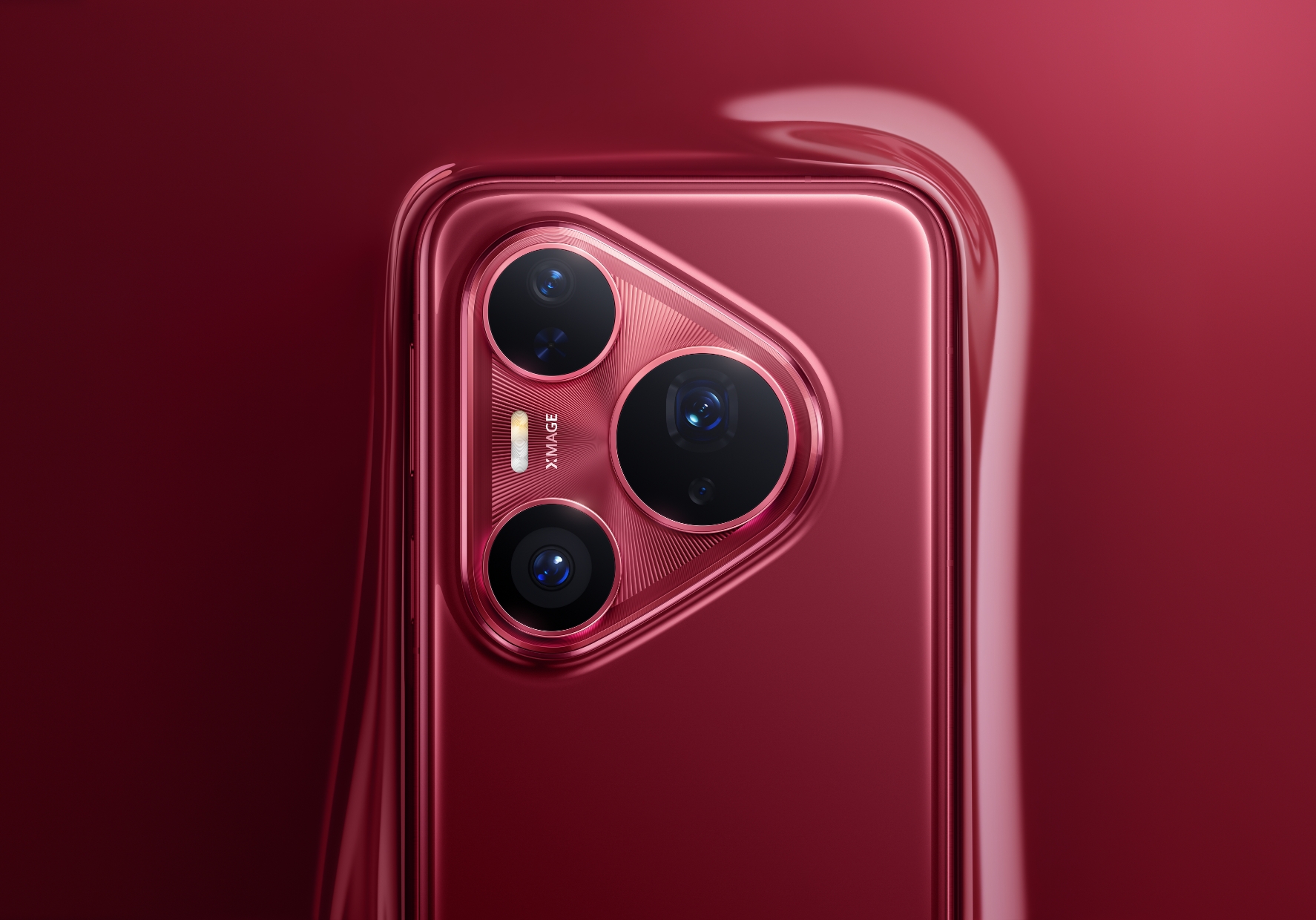
Smartphone
Top-Level Smartphones with Premium Design and Innovation

HUAWEI Pura 80 Ultra
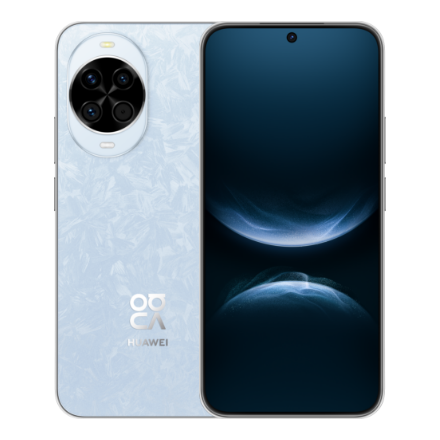
HUAWEI nova 14
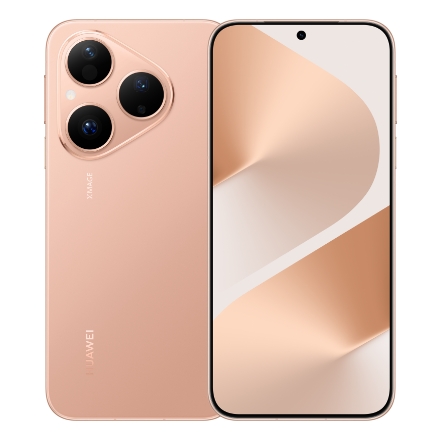
HUAWEI Pura 80

HUAWEI Mate XT ULTIMATE DESIGN

Wearable
Powerful Health and Fitness Features on Your Wrist
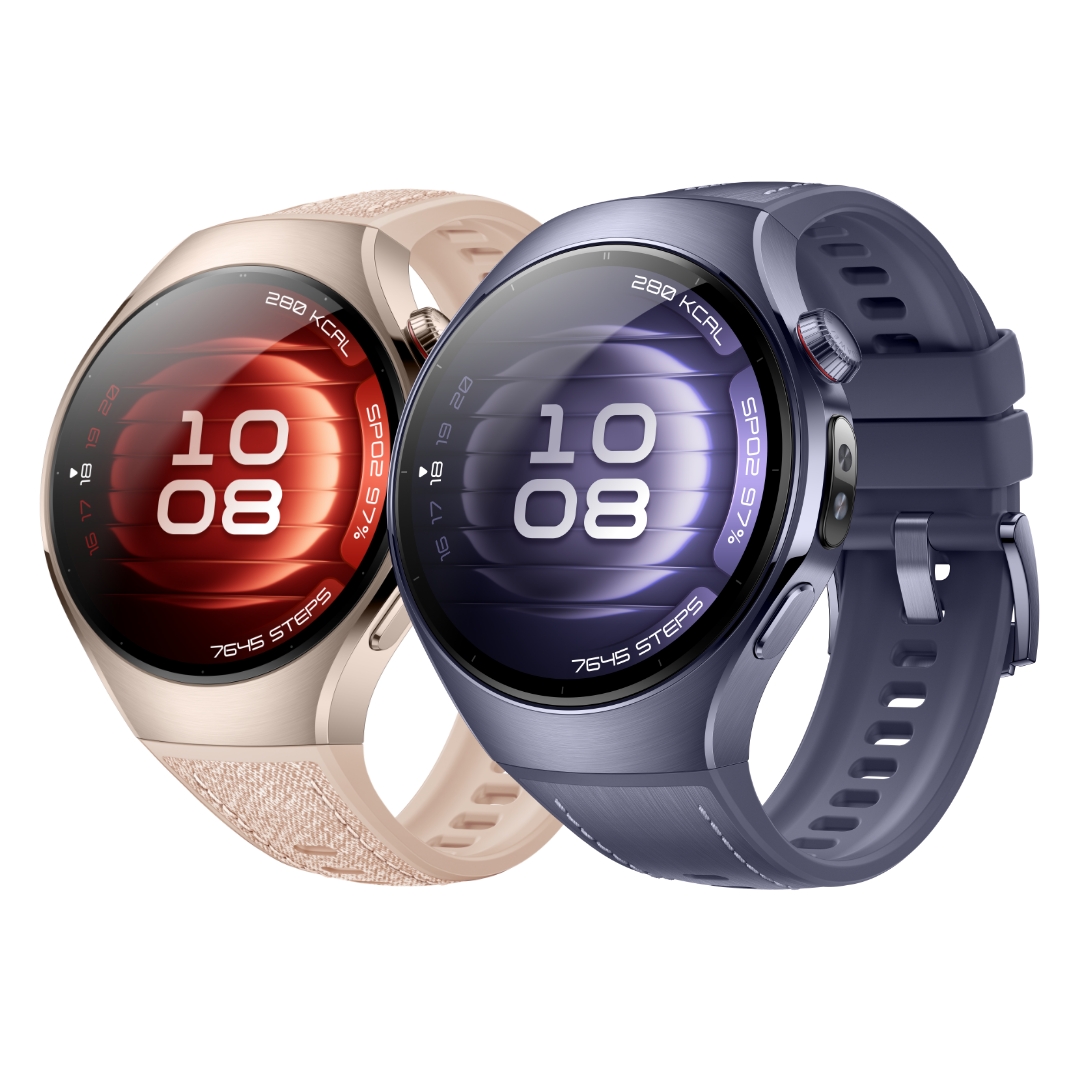
HUAWEI WATCH 5
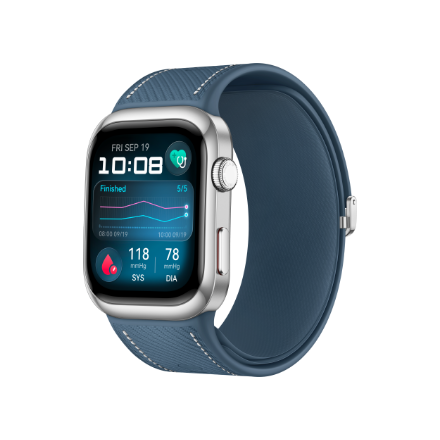
HUAWEI WATCH D2
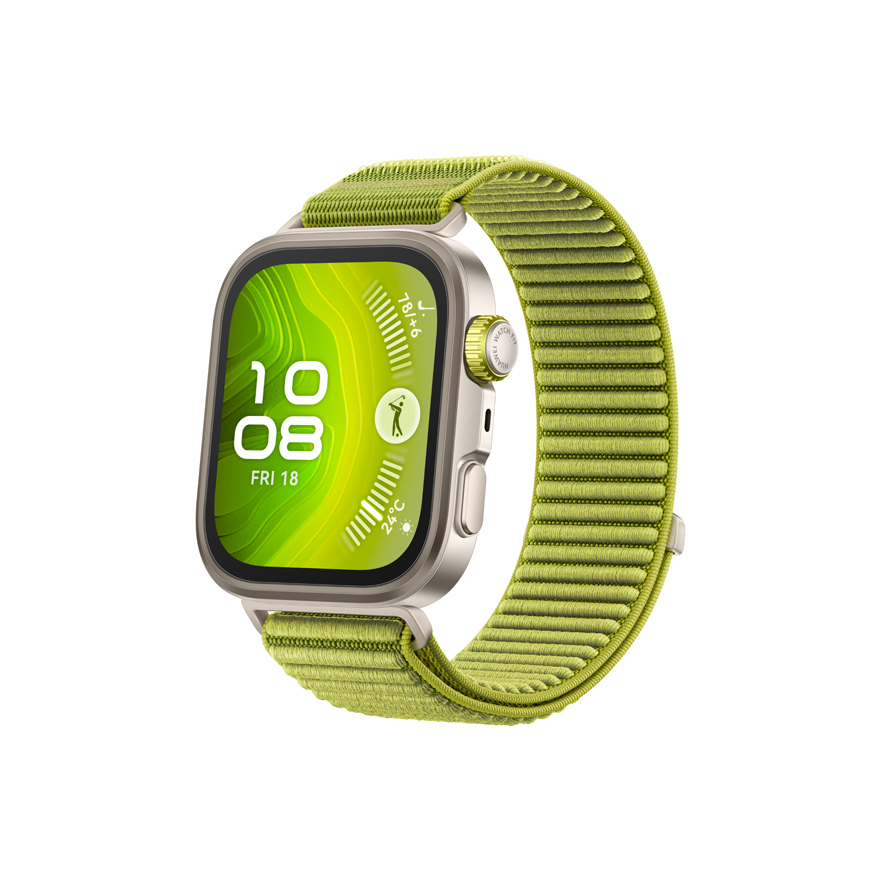
HUAWEI WATCH FIT 4 Pro
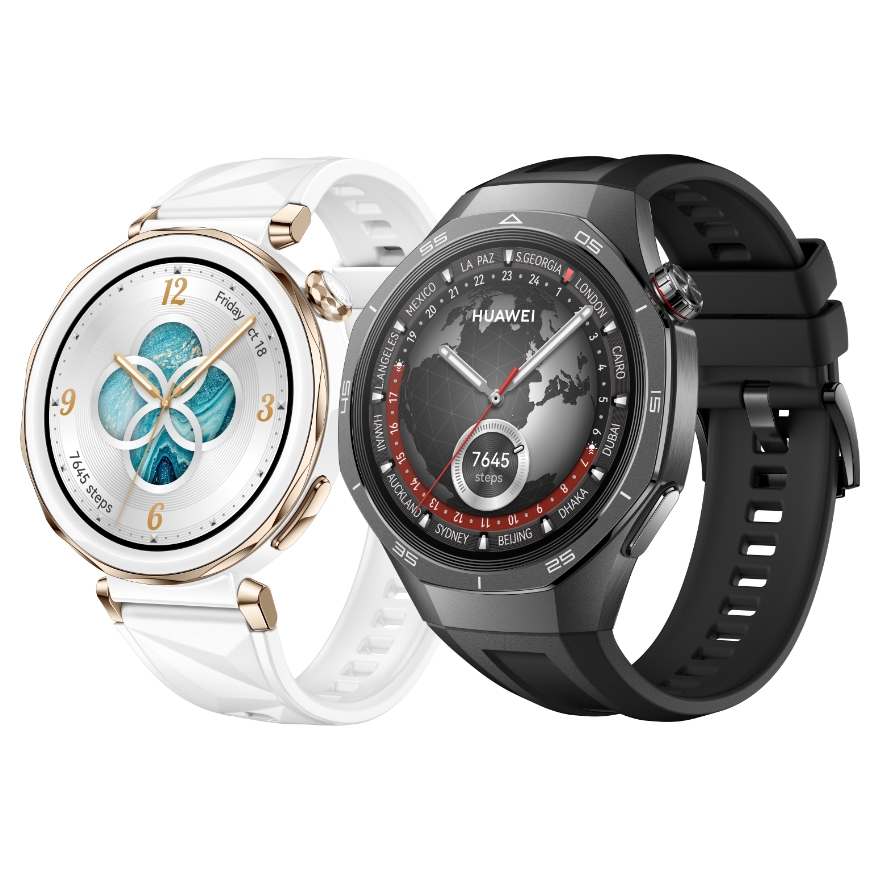
HUAWEI WATCH GT 5 Pro

PC
Versatile, FullView Display with Phone-to-Laptop Interactive Technology
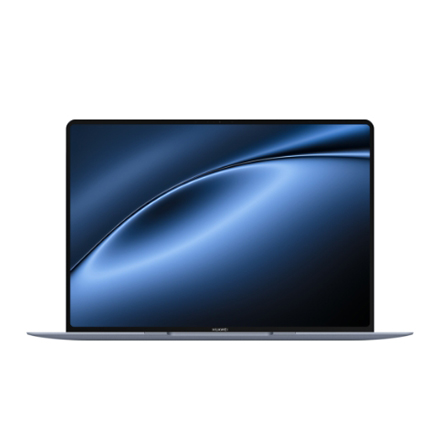
HUAWEI MateBook X Pro
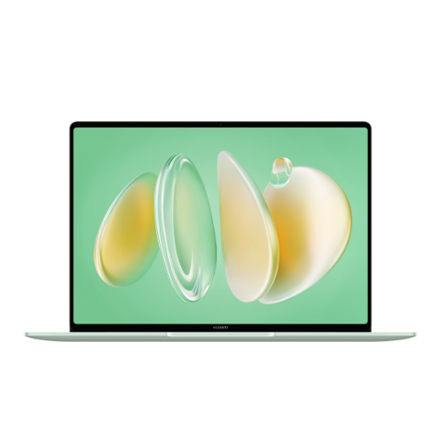
HUAWEI MateBook 14
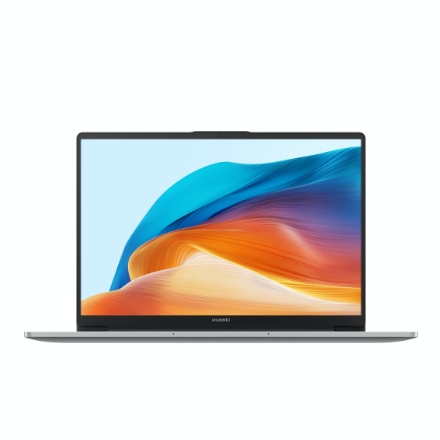
HUAWEI MateBook D 14
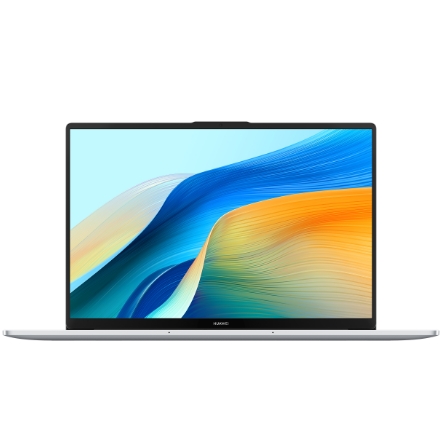
HUAWEI MateBook D 16

Tablet
Your Daily Entertainment and Productivity Companion

HUAWEI MatePad 11.5
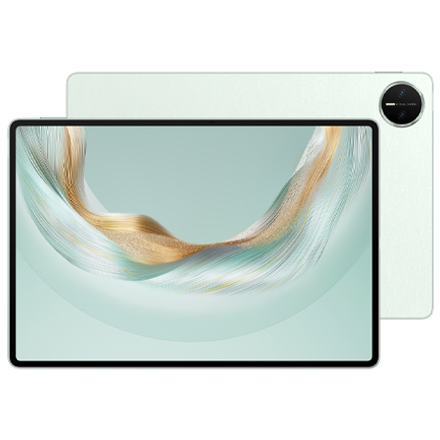
HUAWEI MatePad Pro 12.2-inch

HUAWEI MatePad Pro 13.2-inch
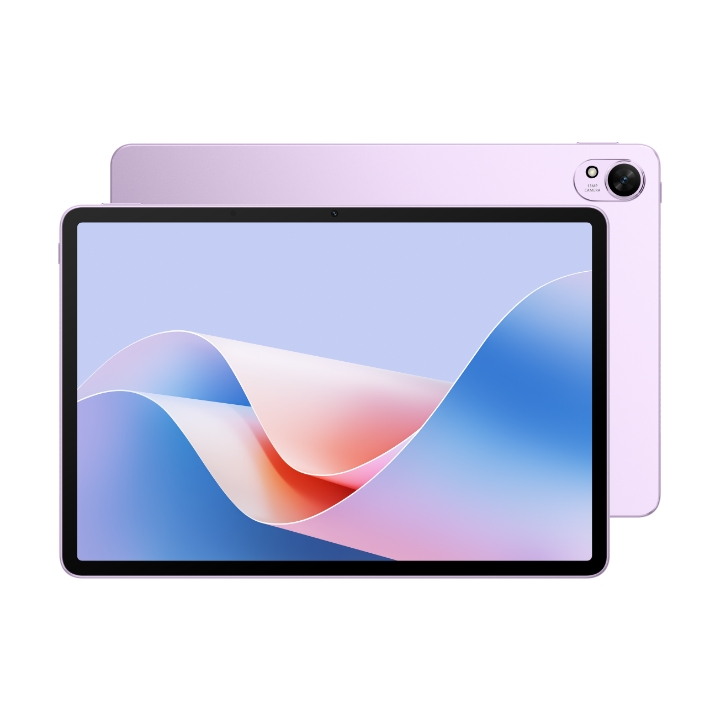
HUAWEI MatePad 11.5"S
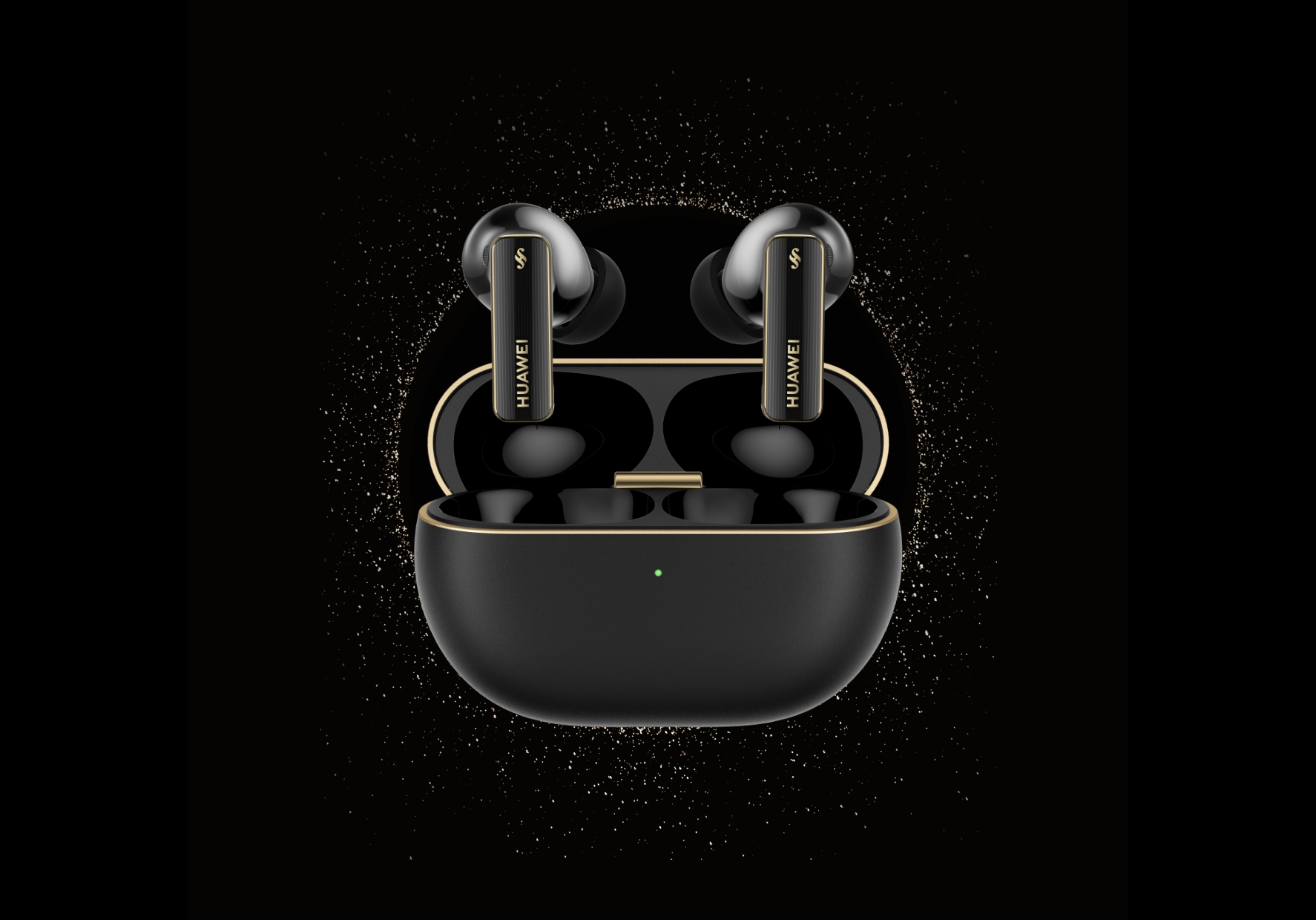
Audio
Wireless Earphones with Astounding Sound and Intuitive Controls
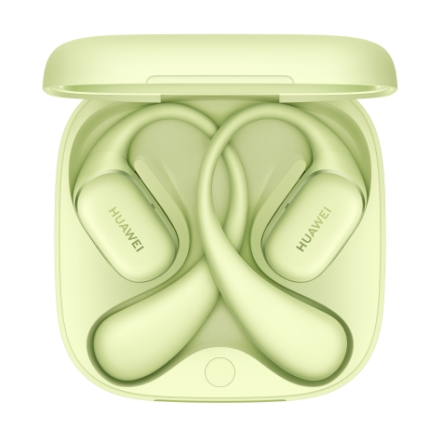
HUAWEI FreeArc
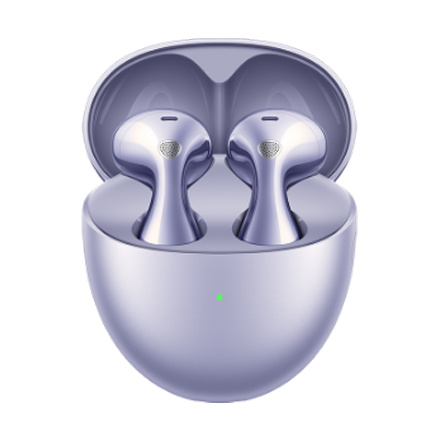
HUAWEI FreeBuds 6
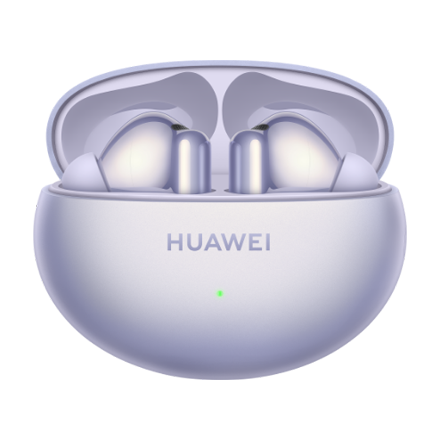
HUAWEI FreeBuds 6i

HUAWEI FreeBuds SE 4 ANC











